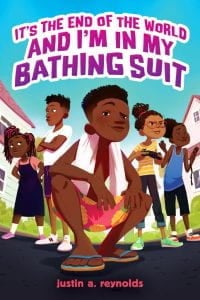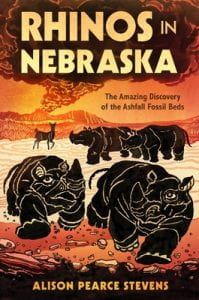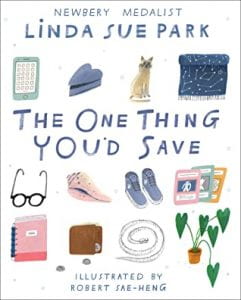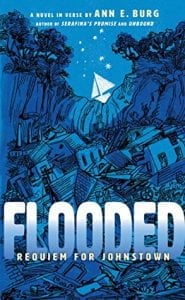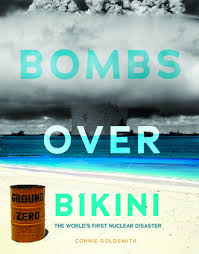
Goldsmith, Connie. Bombs Over Bikini: The World’s First Nuclear Disaster. Minneapolis: Twenty-First Century Books, 2014. 978-14677-16123 88 p. $26.00 Gr. 7-Adult.
Post-World War II, in the wake of Hiroshima and Nagasaki, the race was on to increase scientific knowledge of nuclear bombs and radiation, and to outmaneuver enemies with the knowledge. Plans were made, locations investigated, and the Marshall Islands were deemed the ideal locale for detonations. “Would you be willing to sacrifice your island for the welfare of all men?” So asked a Commodore of the U.S. Navy of the Bikini Islanders in 1946. The answer was yes, and the people left with hopes of returning. But it was not to be. Author Connie Goldsmith investigates these events and details in-depth how three bombs in particular were detonated, how the islands and people were affected, and how the government either knew very little or kept it hidden or both. She presents A-bombs Able and Baker, detonated in 1946, and H-bomb Bravo, detonated in 1954. The immediate devastation was powerful, and the long-term hazards of radiation were staggering. In the 1980s the Marshallese were promised compensation but have received very little. This is a powerful look at a tumultuous time, and students can weigh the moral and military, ethical and scientific. Well-written, with engaging sidebars and purposeful black-and-white photos and an intriguing title, this book will pull in readers. Source notes, Glossary, Selected Bibliography, Further Information, Index.
623.4; Disasters Melissa Scott, Shenango High School
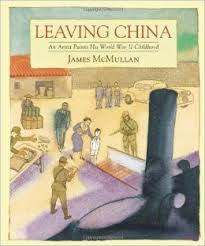
McMullan, James. Leaving China: An Artist Paints His World War II Childhood. Chapel Hill, NC: Algonquin Books of Chapel Hill, 2014. 978-161620-2522 113 p. Gr. 7-Adult.
James McMullan today is a distinguished artist, designer and children’s book award winner (for I Stink! with wife Kate), but his early life was wonderfully complex. Born in 1934, McMullan lived the early years of his life in Cheefoo, China, as a privileged, hesitant (much to his father’s distaste) boy. The grandson of missionaries who built a successful orphanage and resultant fabric business, his parents continued the work—and lifestyle—as esteemed foreigners. That is, until World War II, when the Japanese took control of China. His parents hoped to stay in the life they knew, but with increasing loss of freedoms and increasing fear, his parents opted for a dangerous leave. In order to freely go, they left the vast majority of their material wealth and, importantly for James and his mother, any sense of stability. While James and his mother returned to her Canadian family, but eventually skip-hopped the globe (Shanghai, San Francisco, Darjeeling, and so on), his father devoted himself to soldiering with the Allied Forces and for three years did not see his wife or son. James artfully recalls standout memories of his life from 1934-1946 on double-page presentations, an exquisite watercolor opposite the description of the event and emotions. He shows many ups and downs, from stability with his aunt and uncle, to the humiliation of “failing” at being the strong, sturdy son his father clearly wished him to be. The striking artwork conveys both the preciseness and ethereal quality of a life lived learning to enjoy space and place, when neither was guaranteed. A treat for budding artists or anyone interested in the worldwide effects of World War II.
741.6 Art; Autobiography Melissa Scott, Shenango High School
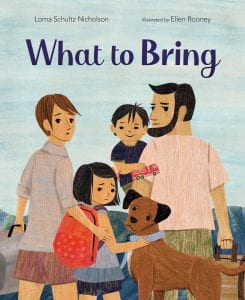 Schultz Nicholson, Lorna. What to Bring. Owlkids Books. 2023. 978-1-771-47490-0. 32 p. $18.95. Grades K-2.
Schultz Nicholson, Lorna. What to Bring. Owlkids Books. 2023. 978-1-771-47490-0. 32 p. $18.95. Grades K-2.
